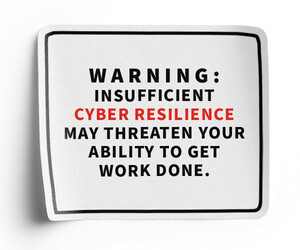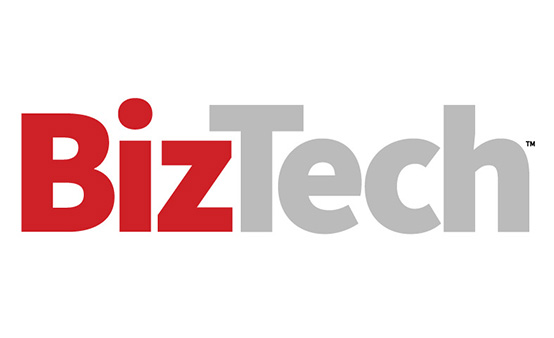What Is the CRA?
Before the CRA was first introduced in 2021, a legislative patchwork existed to tackle cybersecurity related problems and risks, leading to confusion for manufacturers and users. The new framework shifts responsibility for securing the product lifecycle to manufacturers.
“Similar to CISA’s Secure by Design, the CRA is a positive step in ensuring cybersecurity principles are implemented into every phase of the product development lifecycle,” Shafer-Page says.
EXPLORE: One security solution that can help manufacturers tackle rising cybersecurity threats.
The CRA takes a broader view of what manufacturing digital products entails. It tackles some areas that were previously addressed in silos, such as vulnerability management practices and secure software design lifecycles and risk management processes, notes Sabeen Malik, vice president of global government affairs and public policy at security firm Rapid7.
Products with digital elements include laptops, smartphones, smart robots, smart meters, routers, switches and industrial control systems. The CRA defines software with digital elements as firmware, operating systems, mobile apps, desktop applications and video games.















